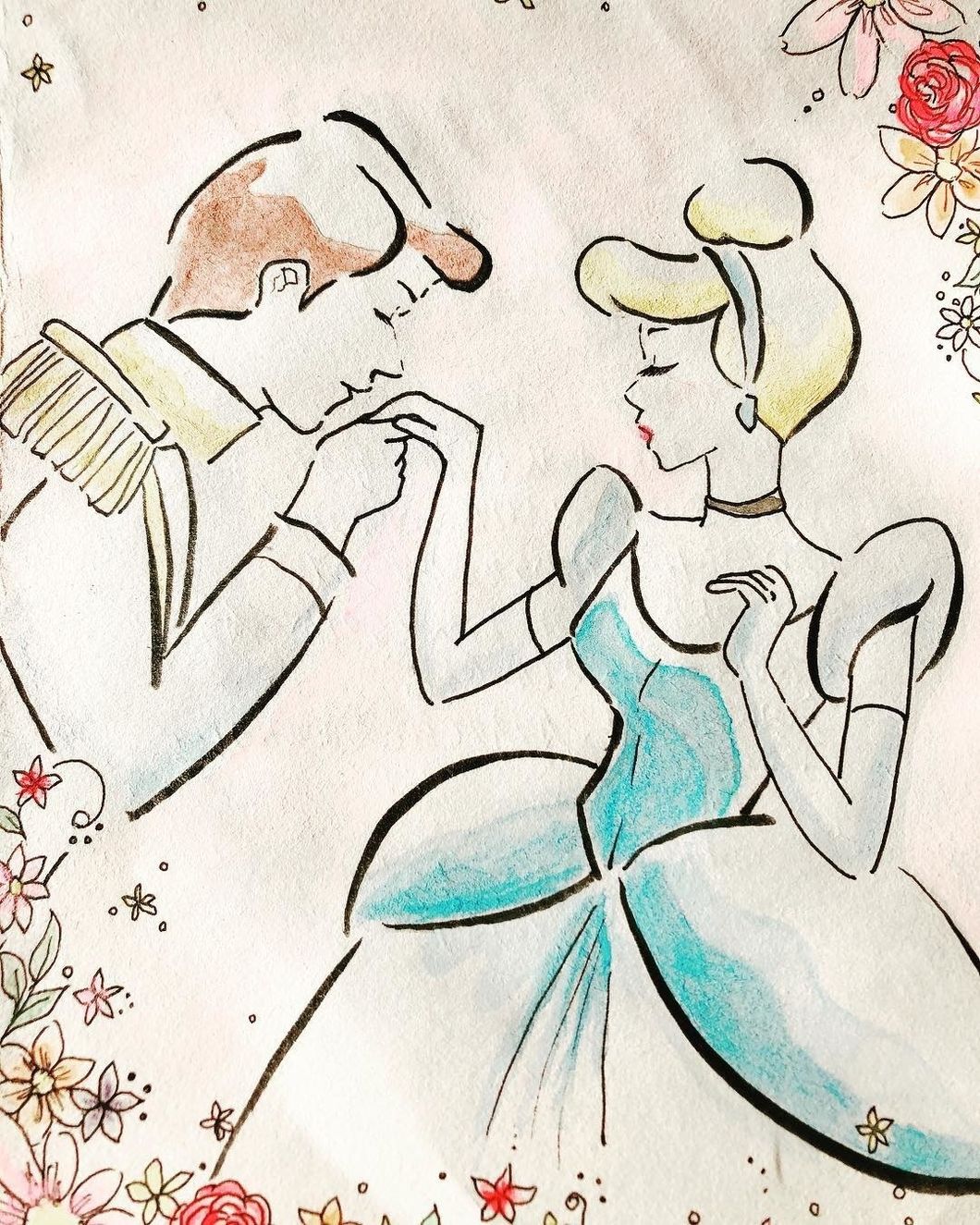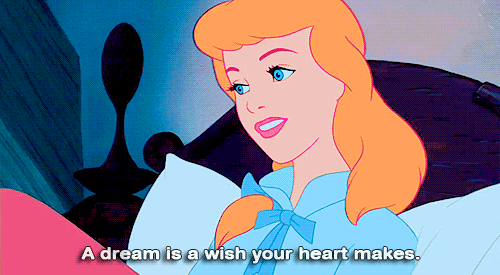The general consensus seems to be that while modern Disney princesses such as Moana, Tiana, Merida, and Mulan are independent ladies and positive role models for young girls, old-time Disney princesses (particularly the three who debuted while Walt was still around) are to be dismissed as demure damsels-in-distress who children should not be taught to emulate.
It's hard to argue that Snow White or Aurora (from "Sleeping Beauty") are heroines in charge of their own story, especially since both of them contain the highly questionable plotlines of a prince kissing them while they sleep and consequently becoming their savior. Cinderella often gets lumped in with these princesses—after all, her happy ending came in the form of marriage to a prince, after she lived most of her life as an obedient servant with no agency. Surely this is not a tale which would inspire young women to live boldly and defy sexist expectations of them, right?
Not so fast.
Let's start at the beginning of Cinderella's story. She was orphaned at a very young age and subsequently forced into serving her step-family in a situation that can hardly be described as anything other than slavery. For a decade at least, and during her most formative years, Cinderella endured horrible abuse, humiliation, and had zero agency over her own life. That kind of trauma cannot be overlooked. People frequently cite her dreaming of living in a castle as evidence she feels she needs a prince to save her. I find this to be a huge logical leap, considering Cinderella does not once mention wanting a man to save her.
Cinderella courageously holds on to her hope of a better life no matter how difficult life is for her. Her stepmother and stepsisters have treated her like dirt for years, telling her she was ugly and useless. Nevertheless, she refused to believe them. That kind of inner strength cannot be overstated. This is a way in which Cinderella rebels—she does not allow the cruelty of others to get under her skin.
An extremely dark scene of the movie which I rarely see discussed is the violent destruction of her first ball gown by her stepsisters at the instruction of their mother. A joyful Cinderella shows her handmade dress to her stepfamily only for them to humiliate her in a sequence which has all the same sentiments as actual assault. As she begs for them to stop, her stepsisters tear her dress to shreds, degrading her, and leave her in tatters and tears.
Her fairy godmother, as we all know, comes to her rescue with a new gown and free transportation, but it was still up to Cinderella to decide whether she would allow her abusive stepfamily to stomp all over her or if she would hold on to her inner courage and defy them. The kind of psychological (and in the case of the dress scene, debatably physical) abuse she endured can make a person a shell of themselves, believing they are completely worthless, and while no one is to blame for how they respond, Cinderella serves as an example that believing in oneself can always come from within, no matter the circumstances.
The most important (and badass) moment is, for me, the climax of the movie. Cinderella's stepmother locks her away when the Grand Duke, along with Prince Charming's doorman, come to give the maidens of the household the opportunity to try on the glass slipper. Nonetheless, Cinderella is able to escape by enlisting the help of her secret weapon, her animal friends, yet again. When she finally escapes and at long last can try on the glass slipper, her stepmother causes it to break. All hope seems to be lost until Cinderella, in one final act of defiance against her stepmother, pulls out the other slipper, which she had kept safe, knowing it might one day come in handy.
Prince Charming, mind you, is not even present during this scene.
Prince Charming does nothing in the whole story but dance with Cinderella, vow to use the missing slipper to find her, and then marry her in the final moments of the movie. In a sense, he fills the role that Snow White and Aurora do for their movies—they are characters defined almost entirely by their romance with someone else, waiting in the wings as the prize for the character who does all the heavy lifting.
Disney's 1950 classic could have featured a simple and demure young lady who is rescued only by the bravery and smarts of her prince. This Cinderella is quite the opposite. "Cinderella" is a story of a young woman who rises from the ashes of trauma and tragedy to take control of her destiny. To show the world that she was so much more than what her abusers told her she was. Imagine how powerful this is for young girls, especially those raised in abusive households. Even when they can't fight back physically like Mulan or Merida, they can hold on to psychological and emotional strength like Cinderella.









 Photo by
Photo by 









